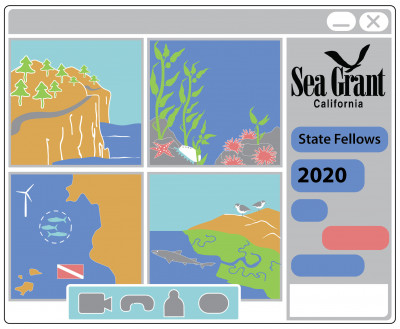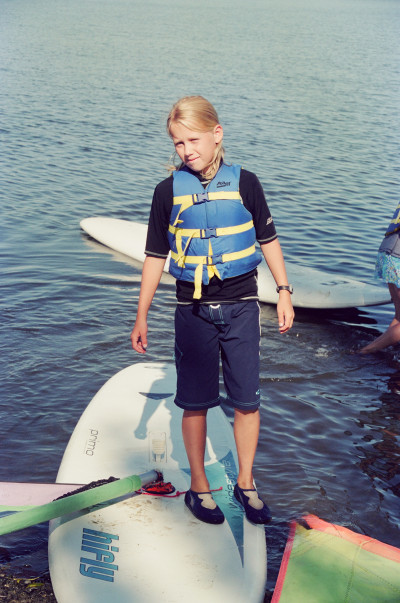As previous fellows have discussed in their blogs, this fellowship year has been unlike any other. The policy learning, network building opportunities, and now inappropriately named “travel stipend” all had to be reimagined for our cohort. Despite the challenges that came along with a COVID-influenced fellowship, unexpected opportunities for growth also presented themselves.
The Fellowship

Going through the growing pains of reimagining a virtual fellowship was a privilege to be a part of, and I think we managed to pull it off (shoutout to the California Sea Grant team). Our happy hours turned into video chats, where fellows with similar interests collaborated without being bound by geographic proximity. We have had open discussions about mental health and the challenges of going virtual, and the support we lent each other helped build a network within our cohort that is truly resilient. Our “travel stipend” reached much further when the only expenses to consider were conference or training fees—allowing us to build our skills and pad our resumes with much more than would have been possible when actually travelling.
San Francisco Bay Conservation and Development Commission (BCDC)
I was lucky to be in the office at BCDC for a month before I began working from home. As with most agencies, transitioning to working remotely was a challenge for BCDC, but one that was tackled with teamwork, a positive attitude about reimagining how to improve (and virtualize) workflow, and a genuinely supportive (online) community.

I was excited to help improve the San Francisco Bay I love and grew up in; doing it during COVID, when the only safe activities can be done outdoors, felt like a serendipitous opportunity. To me, it felt more urgent and more important than ever to ensure that our bay was publicly accessible and that natural resources were protected and resilient. The bay I knew from my childhood memories consisted of windsurf camp, shoreline bike rides, and spooky foggy beach days. Despite the challenges of COVID, I was excited to leave the confines of my office (a little desk next to the coffee table) and continue exploring the bay’s public access resources with the BCDC perspective I was being exposed to. Little did I know that the perspective of learning to manage the bay through a racial equity lens would also contribute to my BCDC experience.
In working with the sediment team, I’ve helped manage sediment as a resource to restore and protect sensitive habitats, while thinking about the never-ending challenge of “maximum feasible public access.” This led me to (1) appreciate the bay-side activities of my childhood that shaped my unquenchable curiosity of both the physical and biological elements of the bay, and (2) feel deeply upset that many bay area children don’t have equal access to the bay due to the racial inequalities that have shaped land use and development.
As I was expanding my understanding of the bay and refining my thoughts on these issues, again, BCDC impressed me. BCDC has a multifaceted approach in place to integrate racial equity through:
- policy via the Environmental Justice Bay Plan Amendment,
- internally with a Racial Equity Action Plan developed by the volunteer staff-run Racial Equity Team, and
- externally by applying these tools to BCDC’s jurisdiction through project permitting and regional planning initiatives.

I began to think about what genuinely equitable public access means. After participating in various environmental justice discussions, I learned that answering this question and implementing this goal will require continuous effort and novel approaches to bay management. I still have a lot to learn, and more questions than answers, but after seeing the commitment to environmental justice from staff, I am confident that BCDC has the tools in place to walk us down that (Bay Trail) path. I’ve decided to pursue a career in using science to guide environmental management of our coastline. However, I’ve learned how management decisions are better made, and are often more robust, when also incorporating a racial equity lens.
In December 2019, a dear friend told me that “resilience” would be her word of the upcoming year—an exercise she does every year—as a word she strives to live by. Although I didn’t pick one for myself, I found myself often thinking about and borrowing hers in 2020. It is with this word in mind that I appreciate both the challenges and the growth that I’ve experienced as a state fellow. I am confident in saying that California Sea Grant, BCDC, and I, personally, have been resilient this year, and will carry that forward as we help implement a reimagined future for California.